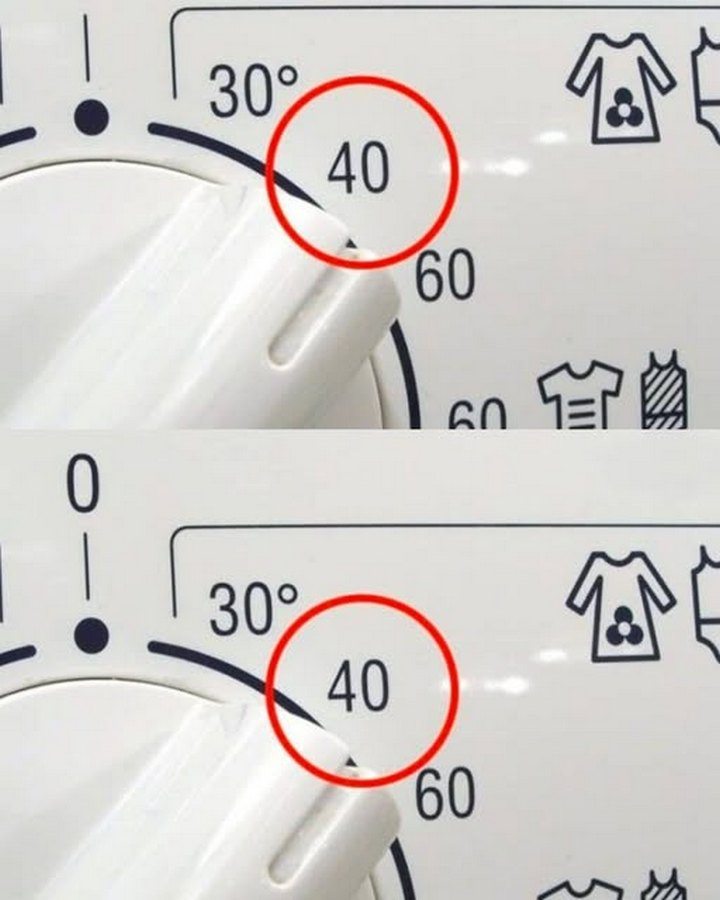ADVERTISEMENT
he electricity used during a wash cycle. According to energy experts:
- Washing at 30°C uses up to 40% less energy than at 40°C.
- For Complete Cooking STEPS Please Head On Over To Next Page Or Open button (>) and don’t forget to SHARE with your Facebook friends
- Lower temperatures = lower bills and a smaller environmental footprint.
Many modern detergents are formulated to work just as well in cooler water, so unless your clothes are heavily soiled, 30°C is often enough.
🧺 4. Modern Detergents + Cooler Water = A Better Combo
Thanks to advances in laundry detergent technology, most mainstream products now clean efficiently at lower temperatures. Cold wash detergents are specially designed to dissolve and lift dirt even at 20°C–30°C.
So, unless you’re dealing with greasy, stained workwear or infectious laundry, you really don’t need 40°C.
🧊 When to Choose 30°C, 40°C, or 60°C?
Here’s a quick cheat sheet:
| Temperature | Best For | Caution |
|---|---|---|
| 30°C | Everyday clothes, delicates, synthetics | Saves energy, gentler on clothes |
| 40°C | Lightly soiled items, colorfast cotton | Not hot enough to disinfect |
| 60°C | Towels, bedding, underwear, heavily soiled items | More energy use, some fabrics may shrink |
📌 Final Thoughts: It’s Not Just About the Number
While 40°C may seem like a balanced choice, it actually falls into a grey zone—not hot enough to sanitize, not cool enough to protect delicate fabrics. That’s why many laundromats and laundry professionals recommend either dropping down to 30°C for regular loads or going up to 60°C when hygiene is a concern.
So next time you do laundry, give that temperature dial a second look—your clothes, energy bill, and skin might thank you!
Did you already know this laundry tip? Or are you changing your wash habits starting today? Let us know below! 👇🧺
